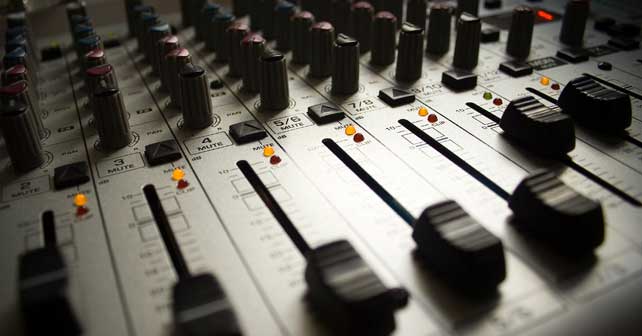Mixing tips from Chris Huff:
Saturday, I was conducting an audio training session and I was given the opportunity to work on their mix with the worship band. The mix was pretty good so instead of re-building their full mix, I focused on cleaning up the mix.
There are seven areas to consider when cleaning up a mix. Mind you, like I said, this assumes you have a pretty good mix to start. For the sake of this article, let’s say you’re in the middle of your sound check, you like the mix, but you think it could be better. This is a great time to focus on cleaning up the mix.
1. Check your volume balancing.
Go through each channel and use this process; mute the channel, listen to your mix, then un-mute the channel. If the instrument or vocal seems to jump way out in your mix (too far out), then you need to pull the volume back a little. If the muting didn’t make a difference, then you didn’t have it loud enough.
2. Did you cut before boosting?
This is an easy mistake to make, especially on an analog mixer. What is that old commercial for BASF? Something along the lines of, “We don’t make baseball helmets. We make them better.” It’s better to have the best from the beginning.
Regarding the situation I was in, cleaning up the mix, I thought something with a singer’s vocal didn’t sound right. It was close, but not where I thought it should be. They had a boost in the vocalist’s mid-range. Maybe in the 6K range, I don’t remember. Using the sweeping mid, I moved the sweep frequency way down around the 800 Hz mark and did about a 4dB cut. This really warmed up their vocals and gave their voice a great tone.
The first part of creating a mix should be cutting out the offending frequencies. Once you do that, then you can consider boosting when it’s necessary. Remember, boost wide, cut narrow when you have control over the frequency range with a Q control.





